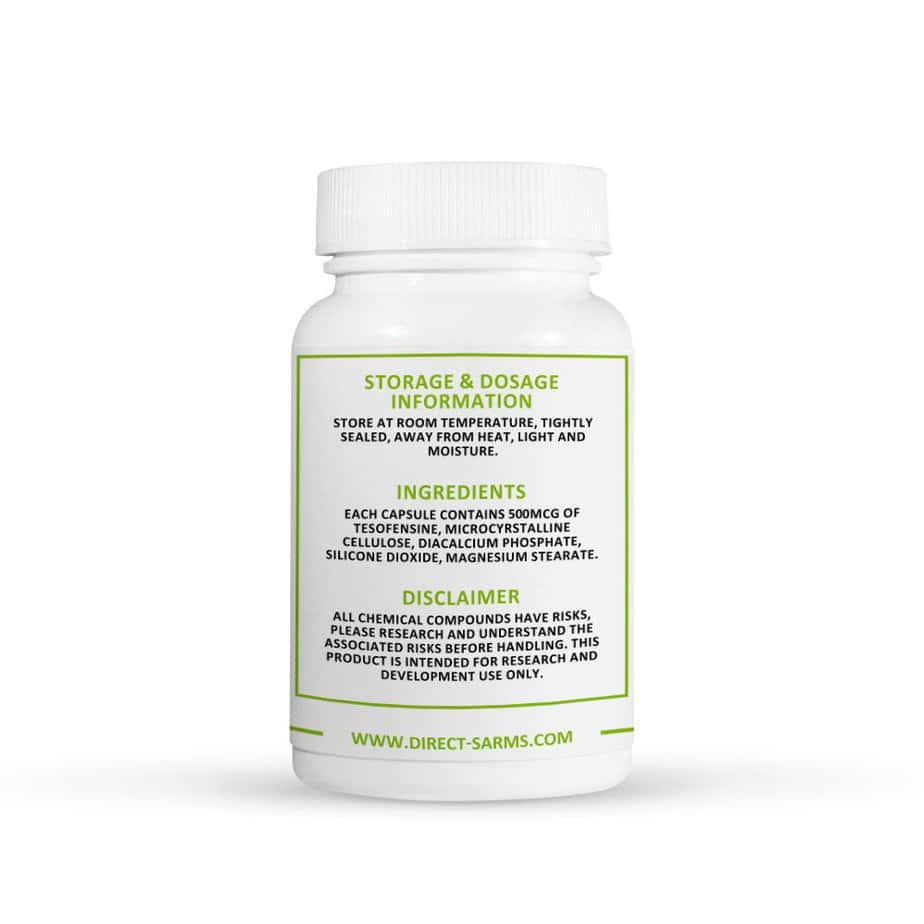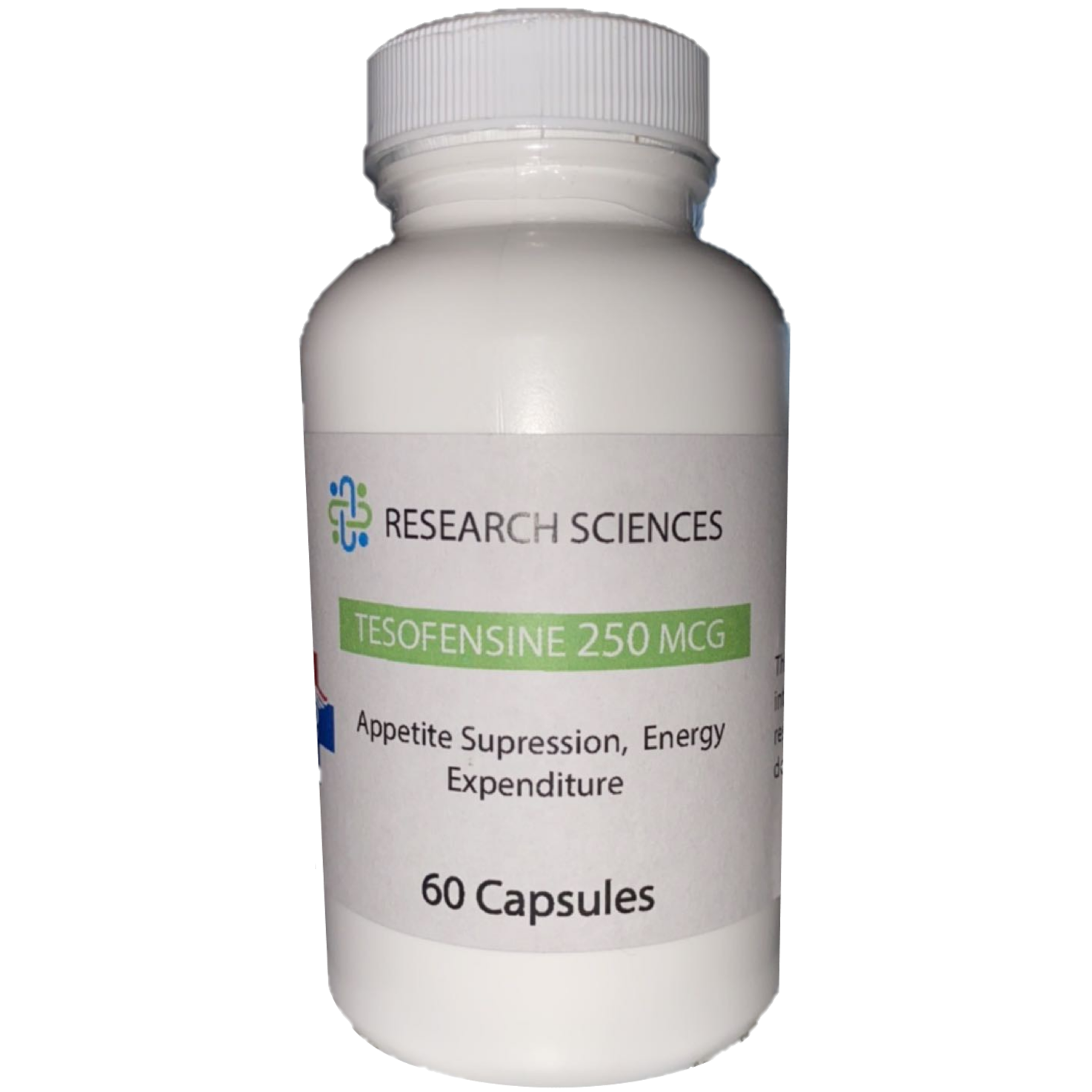
September 5, 2024
Tesofensine An Introduction
Tesofensine A Summary Various other nations such as Japan (mazindol and cetilistat), China (orlistat), or Europe (orlistat, the mix of naltrexone with bupropion, and liraglutide) have actually couple of authorized anti-obesity medicines, Consequently, this paper will provide the US perspective. Tesofensine mainly works as a hunger suppressant, [8] however possibly additionally acts by raising relaxing power expense. [9] A current research study revealed that Tesofensine modulates neuronal activity of the side hypothalamus, siliencing GABAergic neurons, [8] a brain area entail on feeding. A triple monoamine reuptake prevention called tesofensine has been shown to greatly improve power expenditure, which is beneficial for fat burning.What is the new fat burning fired in 2024?
In 2024, however, a recently authorized weight-loss medication called Zepbound (tirzepatide) will probably end up being widely utilized in the United States, and elsewhere additionally down the line. This works by simulating not only GLP-1, but additionally an additional gut hormone called GIP.

A Comparative Analysis: Tesofensine Vs Semaglutide In Excessive Weight Management
As a result of the intimate co-location of the hypothalamus, pituitary and optic chiasm, aesthetic disruption from suprasellar tumors is reasonably typical at discussion, with visual disturbance determined in greater than 50% of people who present with craniopharyngioma (39 ). In addition, due to the co-location of the hypothalamus to frameworks within the spacious sinus, craniopharyngiomas can cause various other neurological sequalae consisting of epilepsy, cranial nerve dysfunction and cerebrovascular events which boost in regularity with larger tumors (62 ). Any one of these deficiencies either alone or in combination has the possible to influence on the ability to take part in physical activity, and therefore raise the danger of excessive weight. GLP-1R agonists potentiate glucose-induced insulin secretion (GIIS) from pancreatic β-cells, which potently stimulates insulin secretion and improves insulin sensitivity in fat, using boosted β-cell activity of GIPR. Below, we quickly present brand-new drugs under advancement with the outcomes of clinical stage 2 researches.Usual Concerns About Tesofensine Peptide
Our electrophysiological outcomes showed that tesofensine produced a more powerful and bigger modulation of LH set activity in obese rats than in lean rats. This suggests that tesofensine might act, partly, by modulating neuronal task in the LH to minimize food intake and advertise weight management. Extra notably, we likewise located that tesofensine inhibited GABAergic neurons in the LH of Vgat-ChR2 and Vgat-IRES-cre transgenic computer mice. These nerve cells promote feeding habits optogenetically [8, 11], so the inhibition of these neurons by tesofensine might add to its appetite-suppressing effects. Besides its impacts on the LH, in rats, tesofensine did not produce head weaving stereotypy at healing dosages, suggesting that it may be a safer and extra tolerable choice to treat weight problems than various other cravings suppressants such as phentermine. Although their processes work in distinctive ways, the reducing of appetite needs to be the key impact of both medicines in order for them to be efficient. When compared side by side, each treatment reveals a variety of benefits in addition to Click here! the chance of adverse repercussions, all of which needs to be thought about when selecting an approach for weight reduction. Initially established as a treatment for Parkinson's illness and attention deficit hyperactivity disorder (ADHD), tesofensine astonished researchers during medical tests by disclosing an unanticipated impact-- a significant weight reduction. This unexpected discovery stired up further investigations into its potential as a potent anti-obesity drug. Following the observation of distinctive effects of tesofensine on LH activity in obese and lean rats, we investigated the specific cell type in this region that was primarily influenced by the medication in mice. We assume that tesofensine can influence GABAergic neurons as a result of its duty in seeking and consummatory behaviors [11, 13]- The medication combination team had an 8% reduction in body weightcompared to 4.6% for phentermine, 2.6% for canagliflozin, and 1.1% for sugar pill [131]
- ( 25% of body weight), contrasted to 1.5% on sugar pill, according to data not managed for type 1 error.
- A reduction in body weight of 5-- 10% can supply a scientifically meaningful improvement in HbA1c, high blood pressure, serum triglycerides and HDL cholesterol.
- However, the anorexigenic effect of tesofensine advanced to resistance, while the weight-loss impact did not [2]

Social Links